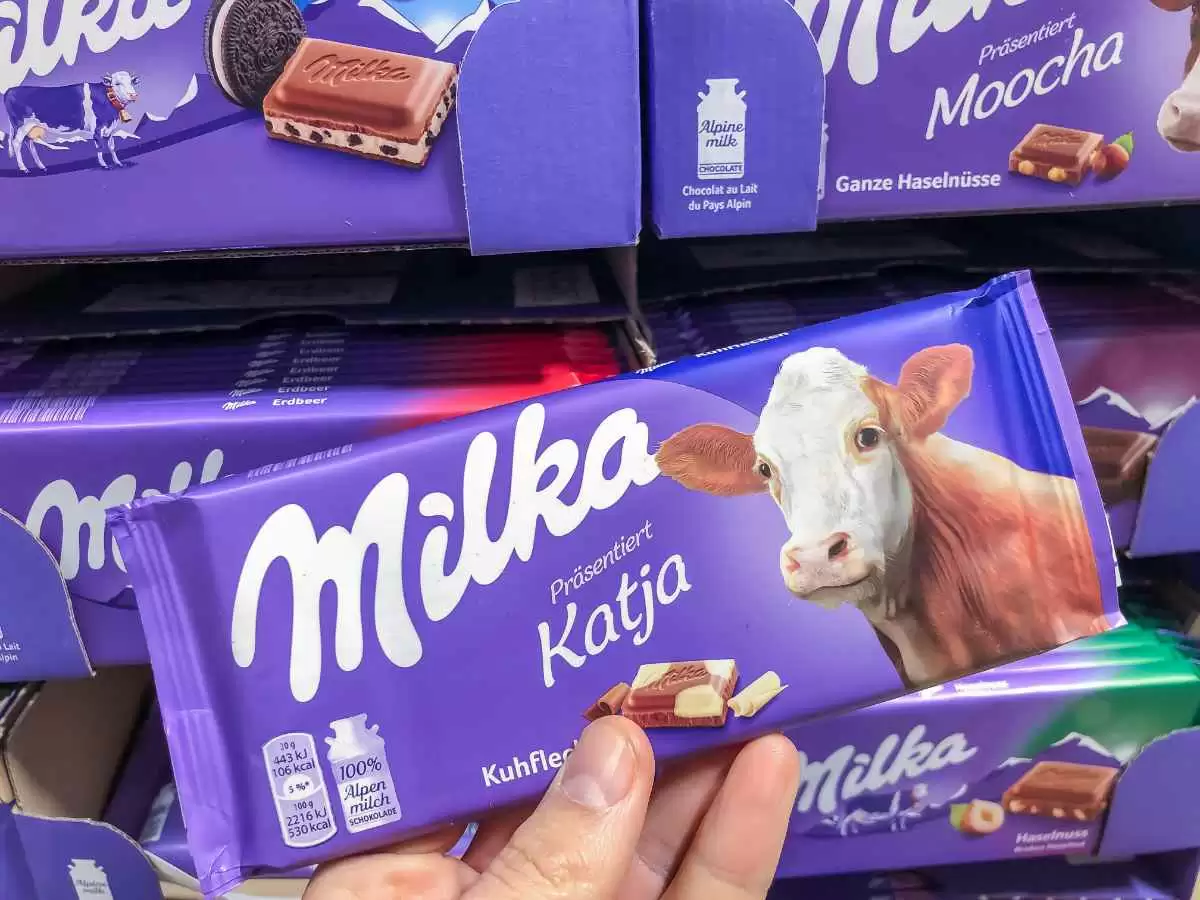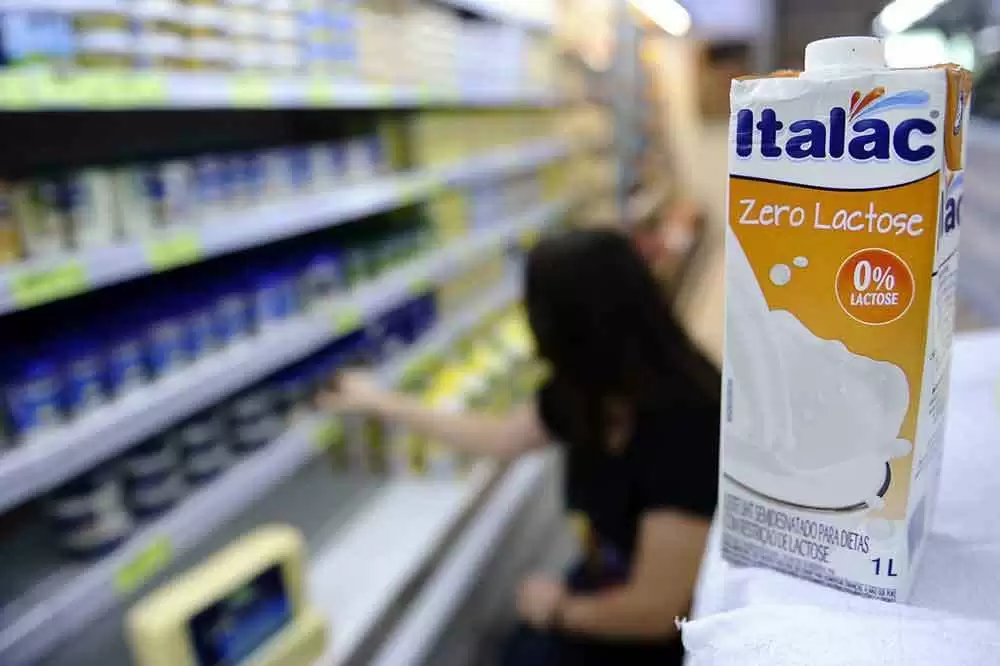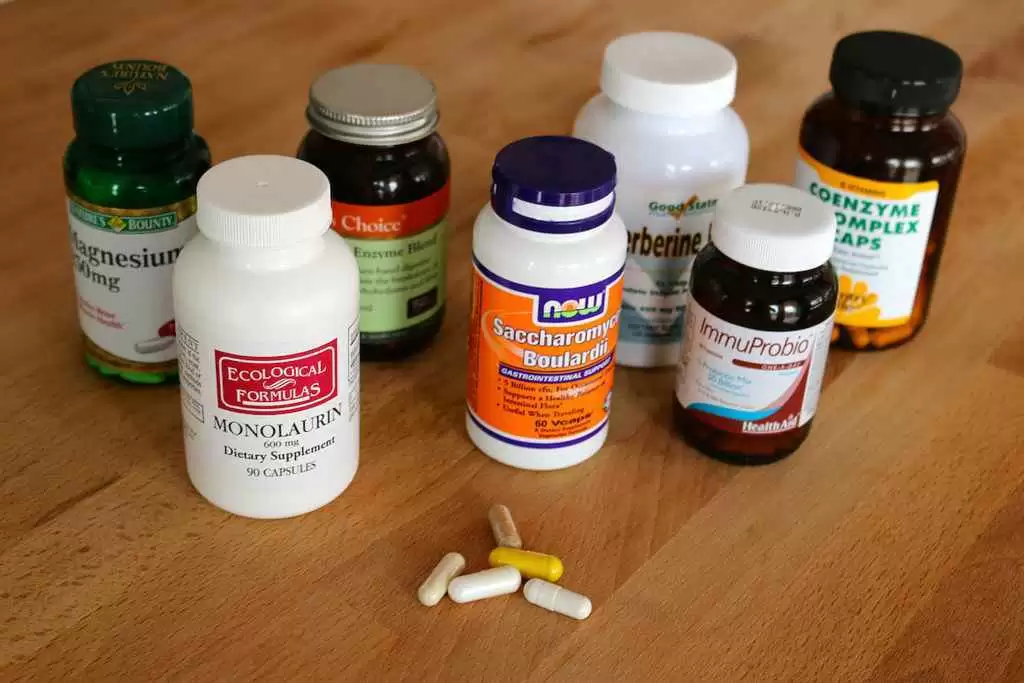
Celiac.com 02/24/2023 - Milk and milk products contain a natural sugar called lactose (see table below). People who are lactose intolerant or, more precisely, who are lactose maldigesters, lack enough of the enzyme lactase needed to completely digest the lactose into its simple sugars, glucose and galactose. Lactase is produced in the villi of the small intestine. Symptoms of lactose intolerance may include some or all of the following: cramping, bloating, nausea, headache and diarrhea. Symptoms can occur 15-30 minutes after digestion of lactose or as long as several hours later.
Lactose Intolerance and Celiac Disease
Many people with celiac disease, especially those who are newly diagnosed, may also develop secondary lactose intolerance. This is a temporary condition in which the level of lactase has fallen as a result of injury to the gastrointestinal tract. Once on a gluten-free diet, the villi begin to heal and the level of lactase increases back to normal levels. This process may take several weeks to months. For some, a temporary lactose-free diet may also be necessary, in addition to a life-long gluten-free diet, to control symptoms. There are a variety of products specially developed to help in the management of lactose intolerance:
- Lactose-Reduced Milk and Ice Cream. The lactase enzyme has been added to regular milk and 99% of the naturally occurring lactose has been converted to simple, easily digested sugars. This milk tastes slightly sweeter than regular milk, but has the same nutritional value. Ice cream made with lactose-reduced milk is also available.
- Lactase Enzyme Drops. These contain the lactase enzyme that can be added to liquid dairy products making them more easily digestible. Approximately 70-99% of the lactose is broken down based on the number of drops used.
- Lactase Enzyme Tablet and Caplets. They are available in regular strength, extra-strength and ultra-strength and should be taken just before a meal or snack that contains lactose.
- Non-Dairy Beverages. There are a variety of soy, rice, nut or potato-based beverages that can be substituted for regular milk. Be aware that some products may contain barley malt extract/fl avoring so read labels carefully. Choose gluten-free beverages that are enriched with calcium and vitamin D.
Celiac.com Sponsor (A12):
Table 1 *
Lactose Content of Selected Dairy Foods
-
Food
Serving Size
Lactose (grams per serving)
Milk (whole, 2%, 1%, skim)
1 cup (250 mL)
11
Lactose Reduced Milk
1 cup (250 mL)
0.1
Cheddar Cheese
1 oz. (30g)
1
Cottage Cheese (creamed)
1 cup (250 mL)
6
Ice Cream
1 cup (250 mL)
12
Ice Milk
1cup (250 mL)
18
Sour Cream
½ cup (125 mL)
4
Yogurt (low fat)
½ cup (125 mL)
2.5**
*From the Gluten-Free Diet: A Comprehensive Resource Guide by Shelley Case, RD, Case Nutrition Consulting
**The lactose in yogurt is digested by the lactase enzymes in the active cultures. However, lactase activity in yogurt may vary from brand to brand. Yogurts that have cultures added after pasteurization have more lactase activity. Look for brand that contains “live” or “active” cultures.








Recommended Comments
There are no comments to display.
Create an account or sign in to comment
You need to be a member in order to leave a comment
Create an account
Sign up for a new account in our community. It's easy!
Register a new accountSign in
Already have an account? Sign in here.
Sign In Now